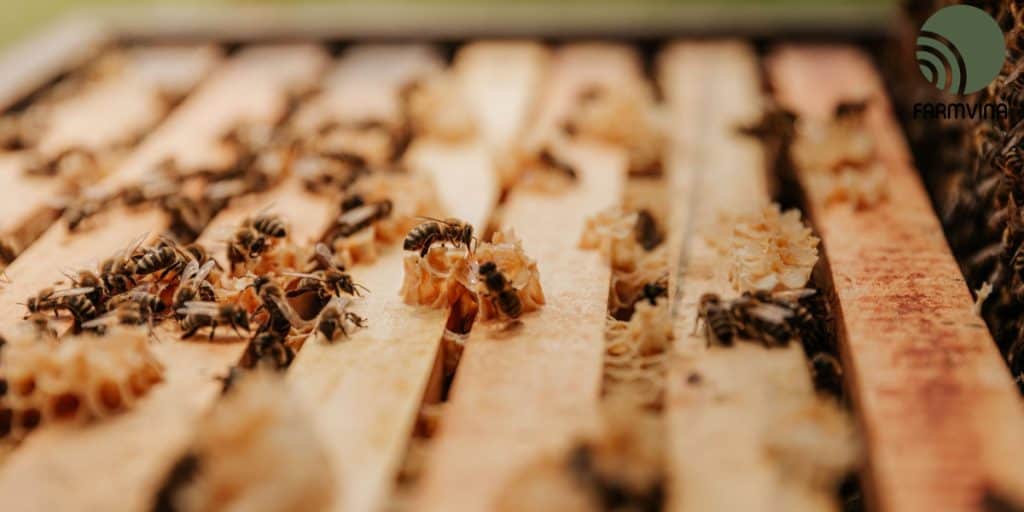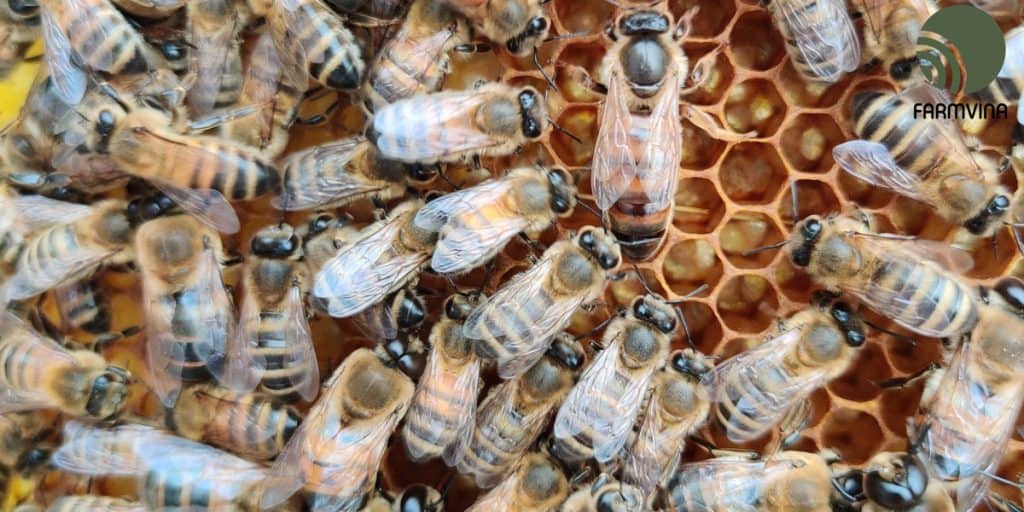Welcome to our beginner’s guide on how to keep bees! If you’ve ever been fascinated by the world of bees and want to learn how to become a beekeeper, you’ve come to the right place. In this article, we will provide you with all the information you need to get started on your beekeeping journey.
Whether you’re interested in honey production, pollination, or simply want to contribute to the conservation of these amazing creatures, beekeeping can be a rewarding and fulfilling hobby. So let’s dive in and discover the wonderful world of beekeeping!
1. Why Keep Bees?
Before we delve into the details of beekeeping, let’s first understand why keeping bees is such a popular and important practice. Here are a few reasons why you should consider becoming a beekeeper:
- Honey production: One of the most obvious reasons to keep bees is to enjoy the delicious honey they produce. By keeping your own bees, you can have a constant supply of fresh, pure honey right at your fingertips.
- Pollination: Bees play a crucial role in pollinating plants, which is essential for the growth and reproduction of many fruits, vegetables, and flowers. By keeping bees, you can help support local ecosystems and contribute to the overall health of the environment.
- Education and learning: Beekeeping is a fascinating hobby that allows you to learn about the complex social structure and behavior of bees. It provides a unique opportunity to observe and understand the inner workings of a beehive.
- Conservation: Bees are facing numerous threats, including habitat loss, pesticide use, and climate change. By keeping bees, you can actively contribute to their conservation and help ensure their survival for future generations.
2. Getting Started with Beekeeping
Now that you understand the benefits of keeping bees, let’s explore the steps involved in starting your own beekeeping journey:
2.1. Research and Education
Before diving into beekeeping, it’s important to educate yourself about the basics of bee biology, hive management, and beekeeping equipment. There are numerous resources available, including books, online courses, and local beekeeping associations. Take the time to learn about different bee species, their behavior, and the specific requirements for keeping them.
2.2. Choose the Right Hive
There are several types of beehives available, but the most commonly used hive is the Langstroth hive. This hive consists of stacked boxes with removable frames, allowing for easy inspection and honey extraction. Other popular hive types include the top-bar hive and the Warre hive. Consider your specific needs and preferences when choosing a hive.
2.3. Obtain Bees
Once you have your hive ready, you’ll need to obtain bees. There are two main ways to acquire bees:
- Purchasing a package: Packages of bees can be purchased from reputable bee breeders. These packages typically include a queen bee and a certain number of worker bees. This is a popular option for beginners.
- Collecting a swarm: Swarms are groups of bees that have left their original hive in search of a new home. If you’re lucky, you may be able to catch a swarm and transfer it into your hive. However, this method requires experience and caution.
2.4. Set Up Your Hive
Once you have your bees, it’s time to set up your hive. Choose a suitable location for your hive, ensuring it is sheltered from extreme weather conditions and has access to a good source of nectar and pollen. Follow the instructions provided with your hive to assemble it correctly.
2.5. Hive Management
Proper hive management is essential for the health and productivity of your bees. Regular inspections are necessary to check for signs of disease, ensure the queen is laying eggs, and monitor honey production. You’ll also need to provide your bees with adequate food and water, especially during periods of nectar scarcity.
3. FAQs on Keeping Bees
3.1. How much time does beekeeping require?
Beekeeping requires regular time and attention, especially during the spring and summer months when bees are most active. On average, you can expect to spend a few hours per week tending to your bees. However, the time commitment may vary depending on the size of your operation and the specific needs of your bees.
3.2. Is beekeeping expensive?
The cost of beekeeping can vary depending on several factors, including the initial investment in equipment, the price of bees, and ongoing maintenance expenses. However, beekeeping can be as affordable or as expensive as you make it. It’s possible to start small and gradually expand your operation as you gain experience and knowledge.
3.3. Are there any legal requirements for keeping bees?
Before starting your beekeeping journey, it’s important to check the local regulations and requirements in your area. Some regions may have specific rules regarding hive placement, registration, and disease management. It’s also a good idea to inform your neighbors about your beekeeping activities to address any concerns they may have.
3.4. How much honey can I expect to harvest?
The amount of honey you can harvest will depend on various factors, including the size and strength of your colony, the availability of nectar sources, and the local climate. In general, a healthy hive can produce anywhere from 30 to 100 pounds of honey per year. However, it’s important to leave enough honey for your bees to sustain themselves through the winter.
3.5. What are the risks and challenges of beekeeping?
While beekeeping can be a rewarding hobby, it does come with its own set of risks and challenges. Some of the common challenges include hive pests and diseases, extreme weather conditions, and the occasional sting. It’s important to be prepared and educated about these risks and take necessary precautions to ensure the safety and well-being of both yourself and your bees.
4. Conclusion
Congratulations! You’ve now learned the basics of keeping bees and are ready to embark on your beekeeping journey. Remember, beekeeping is a continuous learning process, and each hive is unique. By following the steps outlined in this guide and staying curious, patient, and attentive, you’ll be well on your way to becoming a successful beekeeper. Enjoy the sweet rewards of honey production, contribute to the health of our environment, and marvel at the incredible world of bees. And here’s a fun fact to leave you with: Did you know that a single honeybee can visit up to 2,000 flowers in a day? Happy beekeeping!
Originally posted 2023-07-30 22:52:37.




